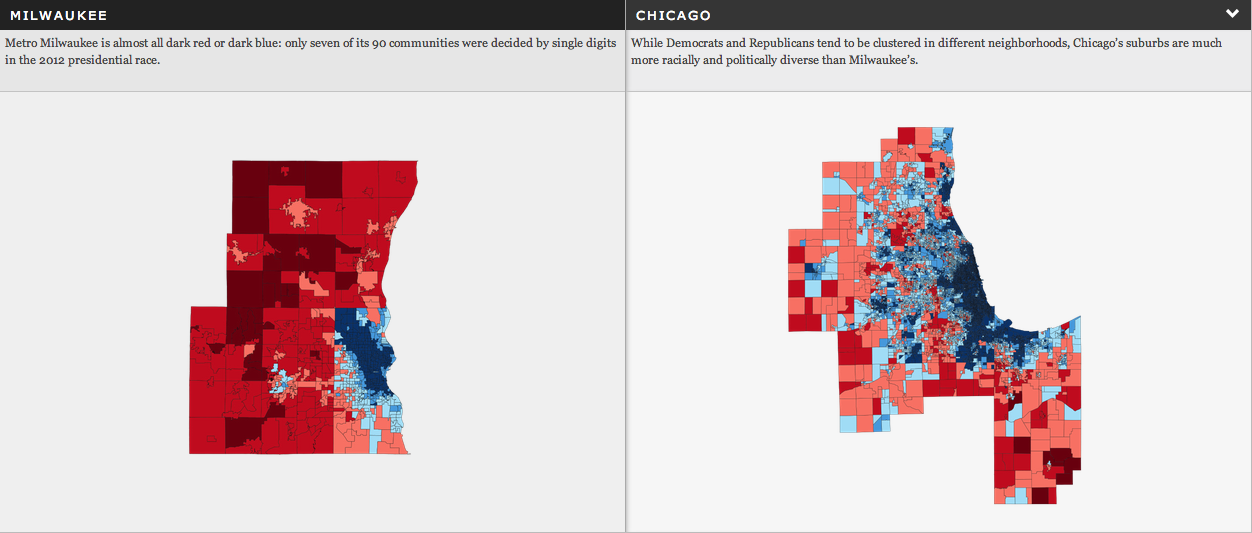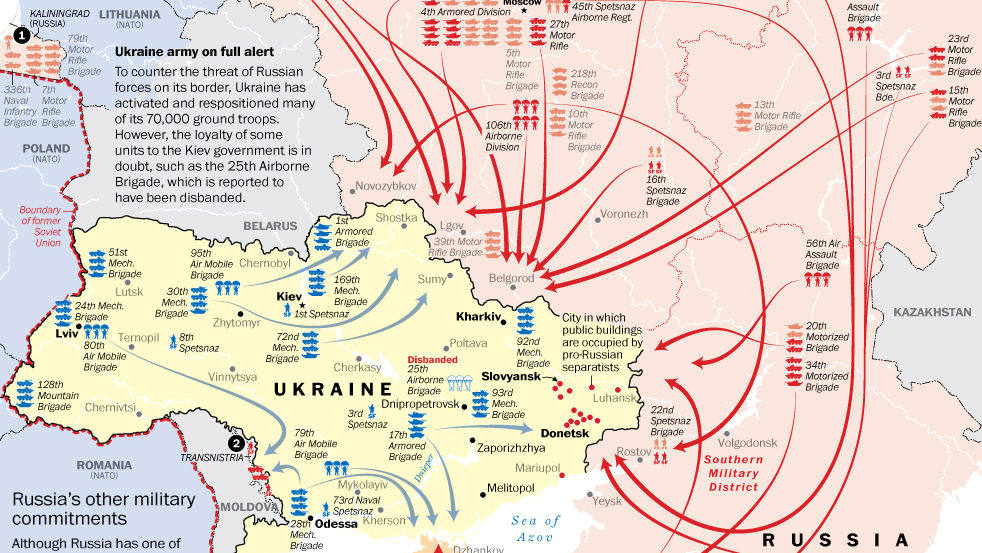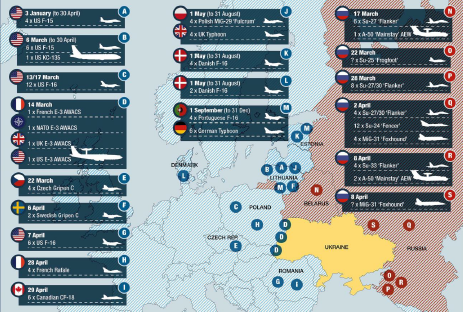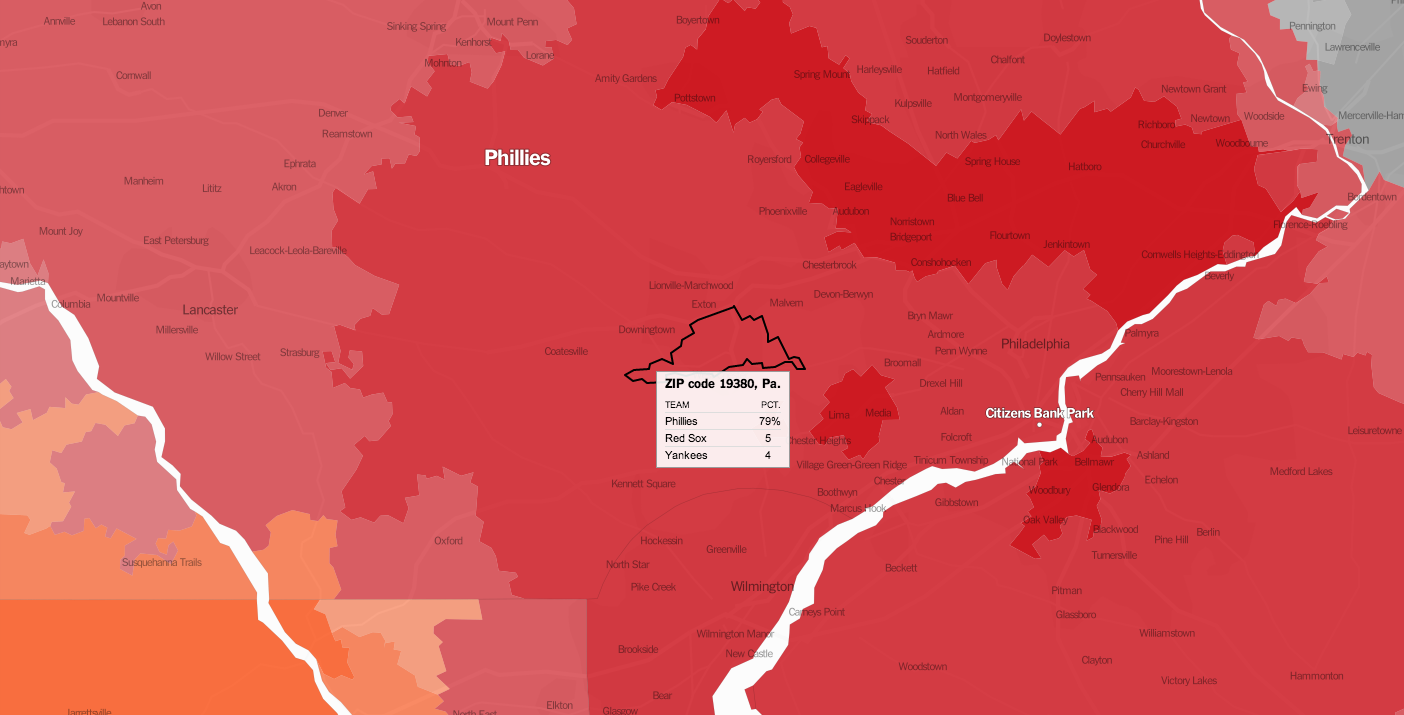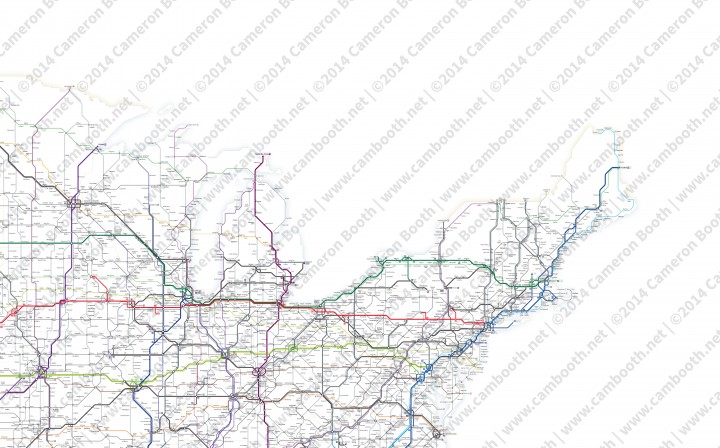One of the main arguments used by Vladimir Putin to support any possible intervention in Ukraine is the suppression of the rights of Russian language speakers. The Economist wisely decided to wholeheartedly endorse the underlying principle of Putin’s logic and redrew the world map accordingly. You should read the article.

Credit for the piece goes to the Economist’s graphics department.


